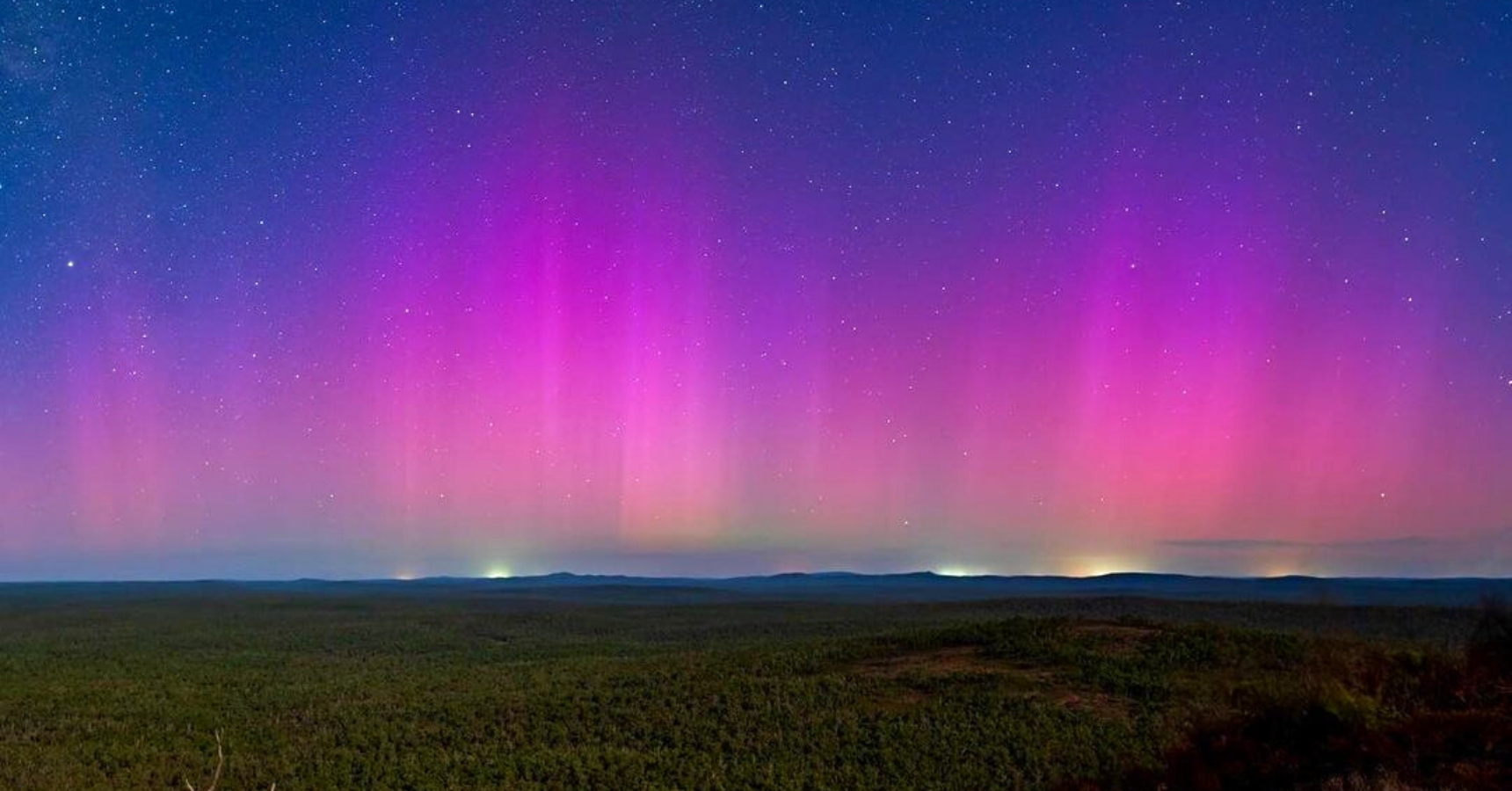Aurora: The Enchanting Natural Light Display
Aurora is one of nature's most magnificent spectacles, captivating people across the globe with its breathtaking display of colors and lights. This natural phenomenon, commonly known as the Northern Lights or Aurora Borealis in the Northern Hemisphere and Aurora Australis in the Southern Hemisphere, has fascinated humanity for centuries. In this article, we will delve into the science behind auroras, their cultural significance, and the best places to witness this incredible display in person.
The aurora occurs when charged particles from the sun collide with the gases in Earth's atmosphere, creating vibrant colors that dance across the sky. The spectacular light show can range from greens and pinks to reds and purples, depending on various factors such as solar activity and atmospheric conditions. Observing the aurora is not just a visual delight; it is an experience that connects people with nature's wonders and the universe.
In this comprehensive guide, we will explore the different types of auroras, provide tips on how to best view them, and share insights into the lore and science that surround these mesmerizing lights. Whether you are a seasoned traveler or a curious learner, this article aims to enhance your understanding and appreciation of auroras.
Table of Contents
- What is Aurora?
- The Science Behind Auroras
- Types of Auroras
- Best Places to See Auroras
- Cultural Significance of Auroras
- How to Photograph Auroras
- Safety Tips for Aurora Viewing
- Conclusion
What is Aurora?
Aurora refers to the natural light displays predominantly seen in high-latitude regions around the Arctic and Antarctic. These phenomena are caused by the interaction of solar winds—streams of charged particles emitted by the sun—with the Earth's magnetic field and atmosphere. When these particles collide with gases in the atmosphere, they excite those gas molecules, which then release energy in the form of light. This process creates the beautiful and dynamic lights that we associate with auroras.
The Science Behind Auroras
Solar Wind and Magnetic Field
The sun emits a constant stream of charged particles known as solar wind. When these particles reach Earth, they can be deflected by the planet's magnetic field, but some are trapped and funneled toward the polar regions. The energy from these particles colliding with atmospheric gases results in the stunning visual display of auroras.
Colors of the Aurora
The colors seen in auroras are primarily determined by the type of gas involved in the collision and the altitude at which it occurs:
- Green: The most common color, produced by oxygen at lower altitudes (around 60 miles or 100 km).
- Red: Caused by high-altitude oxygen, occurring above 150 miles (240 km).
- Blue and Purple: Produced by nitrogen at lower altitudes.
Types of Auroras
Auroras can be categorized into different types based on their shapes and behavior:
- Arcs: Smooth, curved bands of light that often stretch across the sky.
- Radiations: Light that appears to radiate from a point, often centered around the magnetic pole.
- Spirals: Twisting and curling shapes that create a dynamic visual experience.
Best Places to See Auroras
To maximize your chances of witnessing an aurora, consider visiting these prime locations:
- Tromsø, Norway: Known as the gateway to the Arctic, Tromsø is one of the best places to see the Northern Lights.
- Fairbanks, Alaska: This location boasts clear skies and prime aurora viewing opportunities.
- Yellowknife, Canada: Located in the Northwest Territories, it offers stunning displays of the aurora.
- Reykjavik, Iceland: A popular destination for aurora hunters with easy access to dark skies.
Cultural Significance of Auroras
Auroras have held cultural significance for many indigenous peoples throughout history. Various myths and legends have emerged around these light displays, often portraying them as spiritual phenomena or omens. For example:
- The Sámi people of Scandinavia view the aurora as the spirits of their ancestors.
- In some Native American cultures, the aurora is seen as a manifestation of the souls of the departed.
How to Photograph Auroras
Capturing the beauty of auroras on camera requires specific techniques:
- Use a Tripod: A stable base is essential for long-exposure shots.
- Choose a Wide-Angle Lens: This allows you to capture more of the sky.
- Adjust Camera Settings: Use a high ISO, wide aperture, and a longer exposure time.
Safety Tips for Aurora Viewing
When heading out to see the aurora, consider the following safety tips:
- Dress warmly in layers to protect against cold temperatures.
- Bring a flashlight or headlamp for navigating in the dark.
- Stay informed about local weather and aurora forecasts.
Conclusion
Auroras are a stunning natural phenomenon that inspire awe and wonder in those fortunate enough to witness them. From understanding the science behind this enchanting light display to knowing the best locations and tips for viewing, we hope this article has enhanced your appreciation for auroras. If you have any experiences or tips of your own, please share them in the comments below!
For more articles on natural wonders and travel tips, be sure to explore our website.
Thank you for reading, and we look forward to seeing you back here soon!
Unveiling Giveon: The Rising Star Of R&B Music
Exploring The Life And Career Of Jon Batiste
Elisa Jordana: A Deep Dive Into The Life And Career Of The Rising Star

